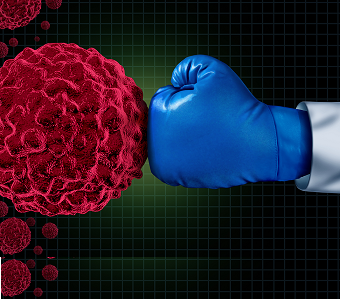The situation gets interesting next week for the biotech sector. Here’s why: A sentiment-shift in relation to biotech. We’re getting into the heart of earnings season, and some of biotech’s mainstays report next week, including Amgen (AMGN), Gilead Sciences (GILD), Celgene (CELG), and Biogen Idec (BIIB) – all of the Big Four in biotech. Most important is Gilead, to which the current correction has been attributed following a late-March letter from legislators questioning the price of the company’s new Hepatitis C drug, Sovaldi. The sustainability of high (on a relative basis) drug prices came into question and so began the current selling trend.
(In our opinion, investors were looking for a reason to take profits after a tremendous two years, and the Waxman letter was simply an easy excuse.)
These earnings events matter because demonstrating to Wall Street that big biotech delivers may serve as yet another reminder that these large companies are trading on par with Pharmaceuticals from a P/E standpoint, not the dynamic growth stories that they are. Will it bring back around all of the capital that left the sector en masse in the first quarter? Not likely, but it’s a step forward in painting the picture of a mature sector that hasn’t been bid up on generalized hype alone. Technically, the IBB is bumping against resistance yet again. Below is a daily chart of the iShares Nasdaq Biotechnology Index (IBB) from the last few months. The yellow lines demonstrate support and resistance for the current downtrend.

On Thursday, the IBB yet again touched and bounced from the top of this range (~226) and closed above its 200-day moving average. A strong move next week through that resistance in tandem with/as a result of quality numbers from the Big Four would be a departure from the current range – and technically bullish for the ETF/sector. Remember, the biotech names above make up almost 25% of the IBB. Many investors we’ve spoken with are still looking to lighten up their exposure to the sector with any near-term strength, thus piling back in on a near-term rally is unwise.We’d prefer to see sustainable support and miss out on some upside then be caught in a rally that gets sold just as hard as the first – a shift in behavior (selling to buying) won’t occur overnight. It’s still a choppy space, and an environment in which it continues to make sense holding more cash than has been the norm for 2 years.
Want to know what and when we’re buying, and why? Try PropThink Premium.
PropThink contributor David Phillips this week published two columns in a series on FDA-approved drugs in 2013 that disappointed investors, recalling Ariad Pharmaceuticals’ (ARIA) Iclusig debacle, and Affymax’s (AFFY) Omontys melt-down, which took AFFY from >$20 early in 2013, to less than $1.00 today. Amazingly, AFFY remains a publicly traded company, though now relegated to the OTCQB, with just 4 employees left in January, all of whom were engaged in administrative functions like fighting off shareholder and product injury-related litigation. It’s a story anyone can learn from.
Last week we wrote about shareholder activism at Neptune Bio (NEPT), and this Thursday, Iroquois Capital threw in with the recent 13D filers: “We too believe that a change in the Board of Directors and management of Neptune would be beneficial for the stockholders of Neptune.” Although it’s unclear how much common stock Iroquois owns, the 13D crowd already owns more than 15%. We also note that Perceptive Advisors, as of December 31, 2013, held nearly 6 million shares, just under 10% of the company. Neptune holds its Annual shareholder meeting on June 19.
One or more of PropThink’s contributors have taken a long position in NEPT, BIIG, AMGN, CELG, and GILD.





